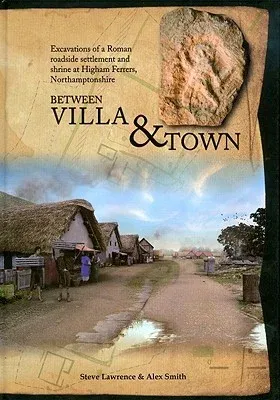Alex Smith
(Author)Between Villa and Town: Excavations of a Roman Roadside Settlement and Shrine at Higham Ferrers, NorthamptonshireHardcover, 29 May 2009

Qty
1
Turbo
Ships in 2 - 3 days
In Stock
Free Delivery
Cash on Delivery
15 Days
Free Returns
Secure Checkout

Part of Series
Oxford Archaeology Monograph
Print Length
361 pages
Language
English
Publisher
Oxford Archaeological Unit
Date Published
29 May 2009
ISBN-10
0904220443
ISBN-13
9780904220445
Description
Product Details
Book Format:
Hardcover
Country of Origin:
GB
Date Published:
29 May 2009
Dimensions:
30.12 x
21.74 x
2.67 cm
ISBN-10:
0904220443
ISBN-13:
9780904220445
Language:
English
Location:
Oxford
Pages:
361
Publisher:
Series:
Weight:
1664.68 gm